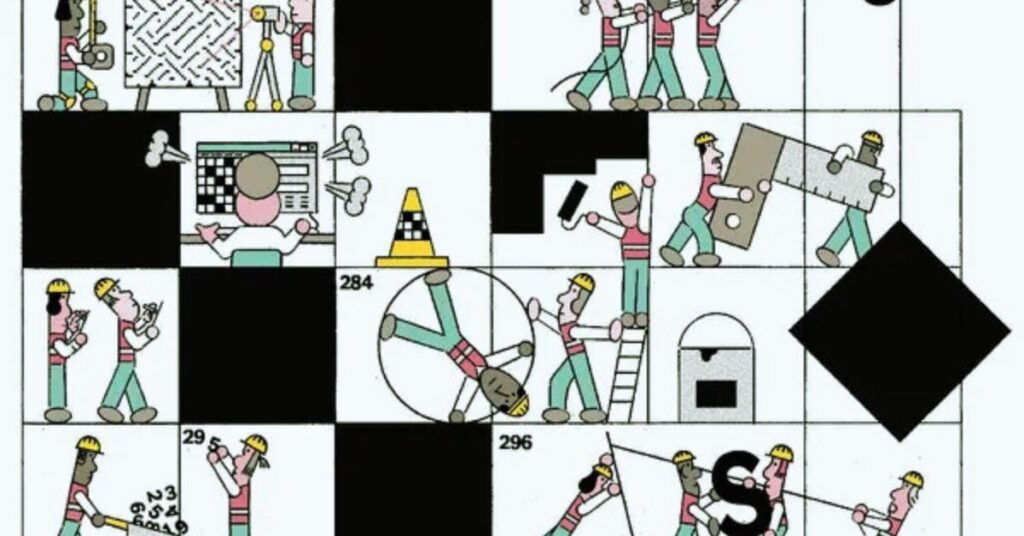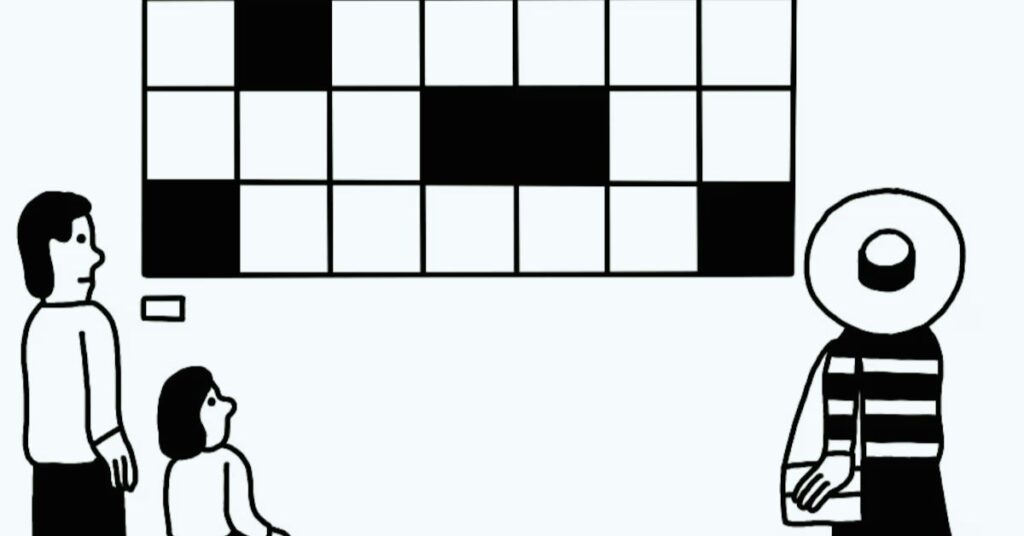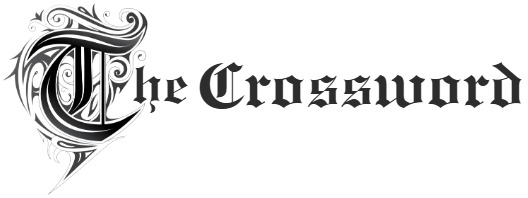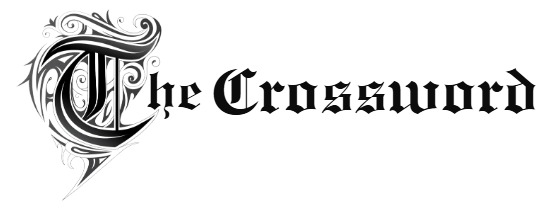Crossword puzzles are a beloved pastime for many, offering a delightful mix of challenge and entertainment. Among the most popular crossword puzzles is The New York Times Crossword, renowned for its clever wordplay and engaging clues. One phrase that might leave solvers scratching their heads is big plus NYT crossword. In this article, we will explore the meaning behind this clue, offer tips for solving it, and delve into the broader strategies for tackling tricky crossword puzzles.
What Does Big Plus NYT Crossword Mean?
When encountering the phrase big plus in a crossword puzzle, it often suggests a synonym for a significant advantage, benefit, or a mathematical symbol like “+”. However, the actual answer depends on the context of the clue and the intersecting letters. Here are some possibilities:
- Bonus: A reward or extra benefit.
- Asset: Something valuable or advantageous.
- Pro: A positive aspect or argument.
- Plus: The literal representation of the clue.
The New York Times Crossword is known for its playful and sometimes cryptic nature, so thinking outside the box is essential.
Tips for Solving Big Plus Clues

Examine the Crossword Theme
Many NYT crosswords follow a theme that ties the clues and answers together. Identify the theme to see if “big plus” relates to it. For example, in a finance-themed puzzle, the answer might be profit.
Check Intersecting Words
Use the letters from crossing answers to narrow down possibilities. For instance, if the intersecting letters include a “P” or “B,” answers like “pro” or “bonus” become more likely.
Think About Synonyms
Expand your thinking to include various synonyms for “big” and “plus.” Online thesauruses or crossword-solving tools can be valuable resources.
Look for Wordplay
The NYT Crossword frequently employs puns and double meanings. Consider if “big plus” might hint at something metaphorical or humorous.
Utilize Crossword Resources
Websites and apps dedicated to crossword solving, such as XWord Info or Crossword Solver, can provide insights. They are especially useful for beginners aiming to decode challenging clues.
Broader Strategies for Mastering the NYT Crossword
Solving the NYT Crossword is both an art and a skill. Here are some general strategies to enhance your solving experience:
Start with Easy Clues
Begin by solving the straightforward clues to establish a foundation. Filling in easier answers provides letters that make tougher clues more manageable.
Focus on the Short Words
Short answers (three to five letters) are often easier to guess. These can give you a foothold for tackling longer, more complex clues.
Recognize Common Clue Types
- Abbreviations: Indicated by clues like “Org.” or “Abbr.”
- Wordplay: Includes puns or plays on words.
- Fill-in-the-blank: Often the easiest to solve.
Practice Regularly
Like any skill, crossword-solving improves with practice. Attempt puzzles daily to familiarize yourself with common patterns and clue types.
Learn from Mistakes
Review completed puzzles to understand missed clues and improve your approach.
Why People Love the NYT Crossword

The New York Times Crossword stands out for its:
- Creativity: Innovative themes and clever wordplay.
- Challenge: A perfect balance of difficulty and solvability.
- Educational Value: Expands vocabulary and general knowledge.
- Community: A shared experience among enthusiasts worldwide.
Engaging with the NYT Crossword can be a daily intellectual exercise that sharpens your mind and provides a sense of accomplishment.
Frequently Asked Questions (FAQ)
What is the best way to find answers for big plus NYT crossword?
Use intersecting words and think about synonyms like “bonus” or “asset.” If you’re stuck, online crossword solvers or the NYT’s Wordplay column can help.
How often does Big Plus appear in crosswords?
While big plus is not a frequent clue, variations of it appear occasionally, especially in themed puzzles.
Are there tools to help beginners solve the NYT Crossword?
Yes, apps like Wordplay and websites like XWord Info offer hints, answers, and solving guides tailored for beginners and experts alike.
Why is the NYT Crossword so challenging?
Its reputation stems from clever wordplay, diverse themes, and varying difficulty levels throughout the week. Monday puzzles are easier, while Saturday puzzles are the toughest.
Can solving crosswords improve mental acuity?
Absolutely! Regularly solving puzzles enhances vocabulary, improves memory, and boosts problem-solving skills.
Conclusion
The big plus NYT crossword clue is a prime example of the creativity and challenge that make crosswords so enjoyable. By employing strategies like analyzing themes, leveraging intersecting letters, and expanding your synonym knowledge, you can tackle even the trickiest clues with confidence. Whether you’re a seasoned solver or a curious beginner, the NYT Crossword offers endless opportunities for learning and fun. So grab your pencil (or keyboard) and start solving!
Read more: Stewed NYT Crossword Tips, Tricks, and Examples for Solvers



